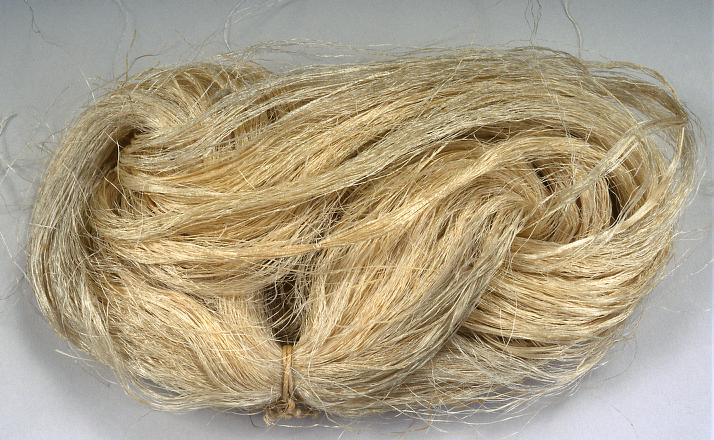




Advanced Search
| Online Collection |
|
||||||||||||||||||||
|
Silk is the product of the silk worm. The silk worm feeds on the leaves of the mulberry tree. Near the end of its life cycle, it spins a cocoon around itself. It then becomes a chrysalis, one step before becoming a moth. It remains in its cocoon for about fifteen days before it emerges. Silk is spun from the fibers that make up the cocoon. Silk harvesters kill the moth before it bursts through its cocoon so as not to damage the fibers. Cocoon fiber is very fine and several fibers from several cocoons were drawn together to make thread. Careful addition of more fibers once one had run out meant that long threads could be made. Another technique was to spin short filaments together into long threads.
|
Raw Silk
|
| |
Home | Online Collection | Things
To Do | Turns
Exhibit | Classroom | Chronologies | My
Collection
About This Site | Site Index | Site Search | Feedback


